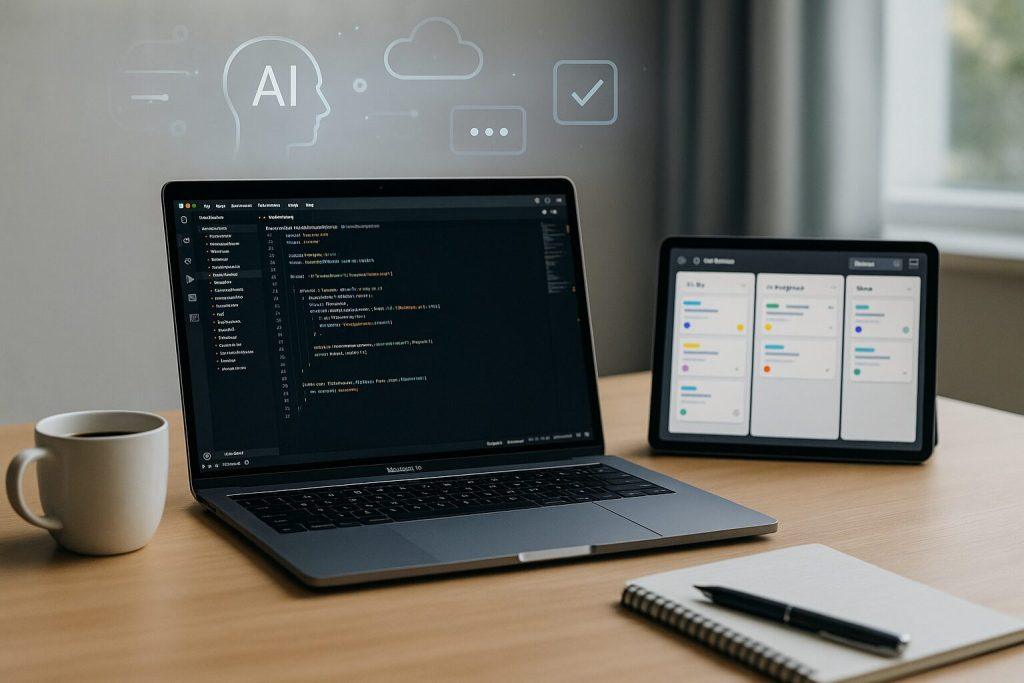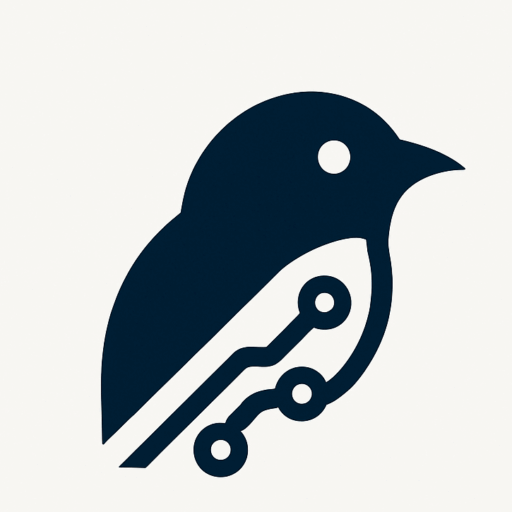
Boost Focus, Collaboration & Deploys
Developers today are judged as much by how efficiently they ship and collaborate as by how elegant their code is. The right set of apps turns repetitive tasks into smooth automation, reduces context-switching, and frees your brain for meaningful problem-solving. In 2025 the landscape blends mature tools with smarter, AI-assisted workflows. Below I’ve hand-picked seven categories and best-in-class app types so you can build a productivity stack that actually helps you deliver.
Why tool choice matters
Choosing tools isn’t just about features — it’s about minimizing friction. A slightly smarter editor or a CI pipeline with faster feedback loops can save hours each week. Pick apps that integrate (APIs and webhooks), reduce mental context switching, and promote asynchronous collaboration when possible.
1. Code-aware Editor — faster navigation & intent-driven refactors
A modern code editor should do more than syntax highlighting. Look for semantic code navigation, built-in refactoring, and language server support. These features reduce manual searching and speed up refactors, lowering the chance of regressions.
2. AI Assistant — code generation, docs, and PR drafting
AI assistants accelerate routine coding, documentation, and PR message drafting. Prefer solutions that respect repo privacy and integrate into PR workflows so suggestions are contextual and reviewable.
Tip: Use AI to draft and then critically review; avoid blind acceptance.
3. Project & Workflow Board — single source of truth for tasks
Kanban boards or issue trackers that link directly to code (PRs, branches, commits) save time. Automation that moves cards on merge or adds labels on CI failure reduces meeting time and clarifies ownership asynchronously.
4. Continuous Integration (CI) & Observability tools — fast, actionable feedback
Fast, informative CI with parallel jobs and smart caching shortens the edit-feedback loop. Observability that surfaces traces and logs where developers work reduces debugging time.
5. Local Dev Environments & Containerization — reproduce prod locally
Devcontainers or containerized dev environments ensure everyone runs the same stack. They improve onboarding and reduce “works on my machine” issues.
6. Communication & Async Collaboration — stay aligned, avoid meetings
Threaded discussions, code-aware comments, and integrated design feedback preserve context, reduce interruptions, and make distributed teams more effective.
7. Automation & Scripting Platform — glue everything
Automate releases, scheduled dependency updates, and changelog generation. Secure secrets, matrix builds, and reusable templates reduce repetitive manual work.
How to assemble your stack (practical checklist)
- Pick one editor and standardize — include recommended extensions.
- Enable CI early — even minimal tests catch regressions sooner.
- Automate releases — semver tagging and changelogs.
- Document onboarding — use devcontainers or scripts.
- Adopt a single authoritative project board — link commits/PRs to issues.
- Treat AI as a helper, not a crutch — require human review for critical changes.
Security & privacy considerations
Use private AI models for sensitive code, rotate API keys, and run dependency scans in CI. Make security part of the pipeline rather than a gated manual step.
Cost vs. ROI — what to pay for
Free tiers work for early stages. Pay for what saves developer hours: faster CI, private AI models, and managed observability when needed.


